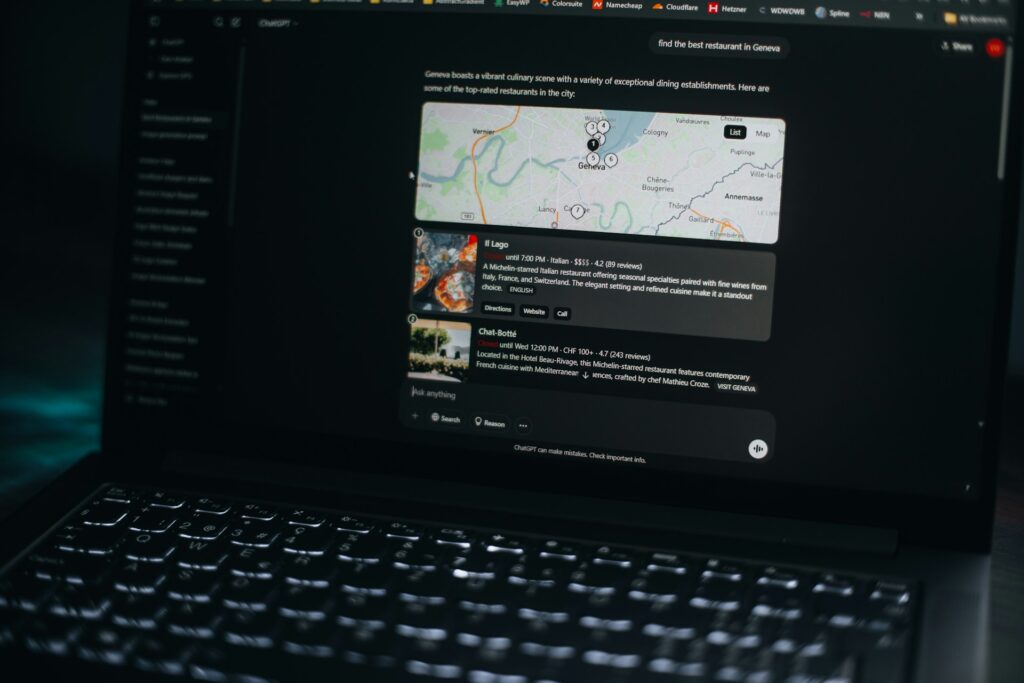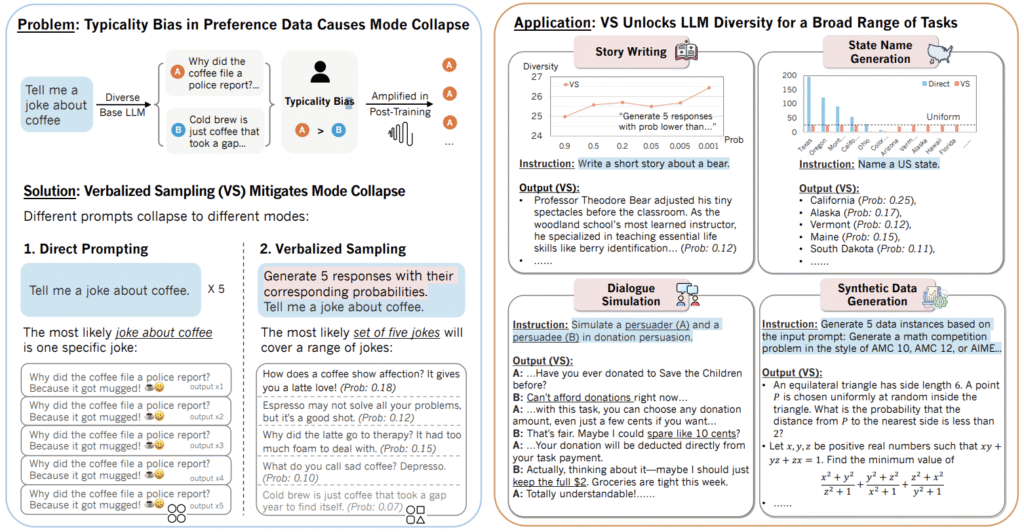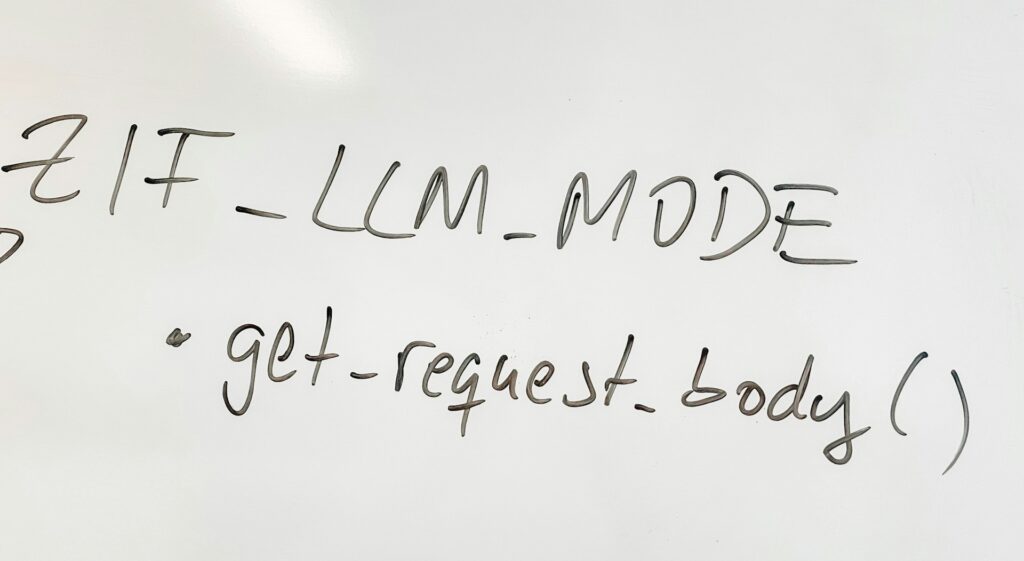Do you feel like you’re talking to a broken record? You ask ChatGPT for a joke, and you get the same tired punchline. You ask for a blog intro, and it starts with, “In today’s fast-paced digital landscape…” It’s a common frustration.
These powerful AI models, despite their vast knowledge, often sound disappointingly similar. They play it safe, sticking to the most predictable path.
Is there a way to break it out of its rut? A new paper from researchers at Stanford, Northeastern, and West Virginia University has revealed a deceptively simple trick. This “magic prompt” allegedly makes ChatGPT way smarter and more creative by fundamentally changing how you ask for an answer.
If you want to force ChatGPT to think outside the box, this is the key.
Contents
How to Use the ‘Magic Prompt’

The technique, called Verbalized Sampling, is incredibly easy to use. You don’t need special access or technical skills. You just need to add one sentence before your usual request.
Here is the magic prompt:
“Generate 5 responses with their corresponding probabilities, sampled from the full distribution:”
So, instead of asking:
“Write a tagline for a new coffee shop.”
You would ask:
“Generate 5 responses with their corresponding probabilities, sampled from the full distribution: Write a tagline for a new coffee shop.”
That’s it. Instead of just giving you its top, safest answer, this simple addition forces the model to reveal a wider range of possibilities it considered, along with how confident it is in each one. You get to see the road less traveled.
Why This ‘Magic Prompt’ Works
To understand why this works, we need to look at two concepts: “mode collapse” and “typicality bias.”

What is Mode Collapse?
Think of all the possible good answers to a question as a landscape with many peaks. “Mode collapse” is when an AI model, after being trained to be helpful and safe, learns to only go to one or two of the highest, most obvious peaks. It ignores all the other interesting, creative peaks because it’s been taught to find the “best” or most typical answer.
This is why ChatGPT’s responses can feel repetitive. The training process, known as Reinforcement Learning from Human Feedback (RLHF), encourages the AI to produce answers that are consistently safe and agreeable. The unfortunate side effect is a loss of diversity and creativity.
The Problem of ‘Typicality Bias’
The researchers behind the magic prompt argue that mode collapse is caused by a very human problem: typicality bias.
During the training process, human reviewers rate the AI’s answers. Studies in cognitive psychology show that people naturally prefer things that are familiar, fluent, and easy to process.
This means that even when multiple answers are equally good, the human raters tend to reward the most conventional or “typical” one.
Over time, this trains the AI to favor a very narrow set of outputs, sharpening its responses until the diversity it learned from the whole internet is lost.
How Verbalized Sampling Fixes It
The magic prompt is a clever workaround. By asking for a probability distribution, you’re changing the task. The AI is no longer being asked for the single “best” answer. Instead, it’s being asked to describe the landscape of possible answers.
This relieves the pressure to produce the most typical response and encourages the model to spread its bets. It reveals the other creative peaks it knows about but was trained to ignore.
The Proof: A 2x Boost in Creativity
This isn’t just a theory. The researchers, including Weiyan Shi, an assistant professor at Northeastern University, tested this method extensively. Their paper, “Verbalized Sampling: How to Mitigate Mode Collapse and Unlock LLM Diversity,” shows significant gains.
New paper: You can make ChatGPT 2x as creative with one sentence.
Ever notice how LLMs all sound the same?
They know 100+ jokes but only ever tell one.
Every blog intro: “In today’s digital landscape…”We figured out why – and how to unlock the rest 🔓
Copy-paste prompt: 🧵 pic.twitter.com/kALF8DaXb9— Weiyan Shi (@shi_weiyan) October 15, 2025
Across tasks like joke writing, story generation, and creating synthetic data, the technique produced a diversity gain of 1.6 to 2.1 times compared to a normal prompt. As Professor Shi wrote, “You can make ChatGPT 2x as creative with one sentence”.
Crucially, this boost in creativity and diversity did not come at the cost of factual accuracy or safety. The technique simply unlocks the variety that was already there, hidden beneath the surface of the AI’s alignment training.
Also Read: I Created 4 Complete Websites with ChatGPT-5 in 60 Minutes — You’ll Be Shocked How Simple It Was
Important Things to Keep in Mind

While this magic prompt is powerful, it’s not a silver bullet for every situation. The researchers pointed out a few important limitations.
1. It’s Not for Factual Questions: If you’re asking for the capital of a country, you don’t want five creative answers. This technique is for open-ended tasks where diversity is a good thing.
2. It Uses More Resources: Asking the model to generate five responses instead of one will naturally take more time and computational power.
3. Probabilities Can Be Misleading: The effectiveness of this method depends on the AI’s ability to accurately estimate its own confidence. If those probabilities aren’t reliable, the results might be skewed.
Despite these caveats, the technique is a breakthrough for anyone using AI for creative tasks. It’s an “inference-time remedy,” meaning you can get better results without needing to retrain or fine-tune the model.
Related Article:
- The Ultimate ChatGPT Glossary: 60 Essential AI Terms Everyone Should Know
- Use ChatGPT at Work? These 10 Prompts Will Boost Your Productivity and Make You Look Like a Genius
- This Secret OpenAI Site Has 100 Genius Prompts! (All Completely Free)
- From Zero to Spreadsheet Genius: How I Use ChatGPT to Master Excel and Google Sheets
Your Turn to Try the Magic Prompt
There is often more intelligence and creativity locked inside these models than we realize. Sometimes, you just have to ask the right way.
Whether you’re brainstorming names for a product, writing a poem, or trying to come up with unique marketing angles, the next time you feel like ChatGPT is giving you bland, generic answers, give this a try.
Using this prompt makes ChatGPT way smarter and turns it from a simple Q&A machine into a true creative partner.